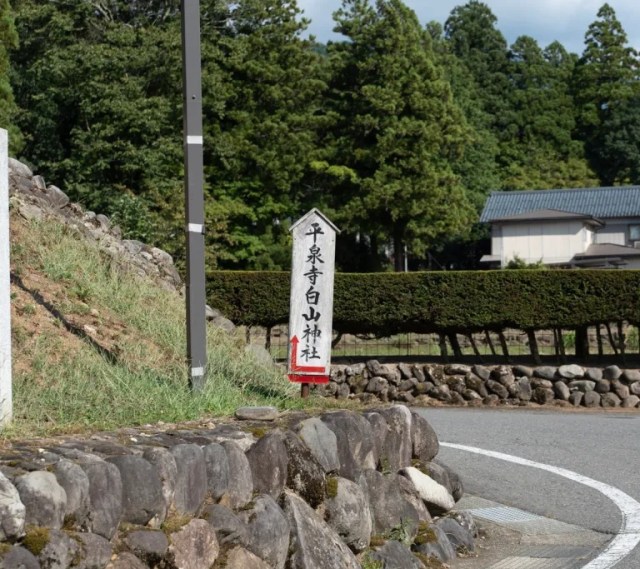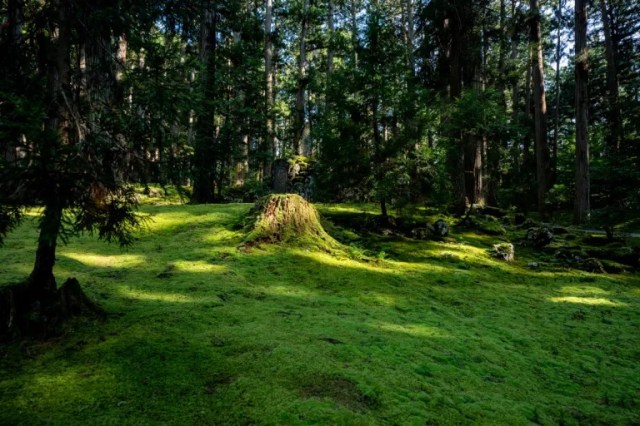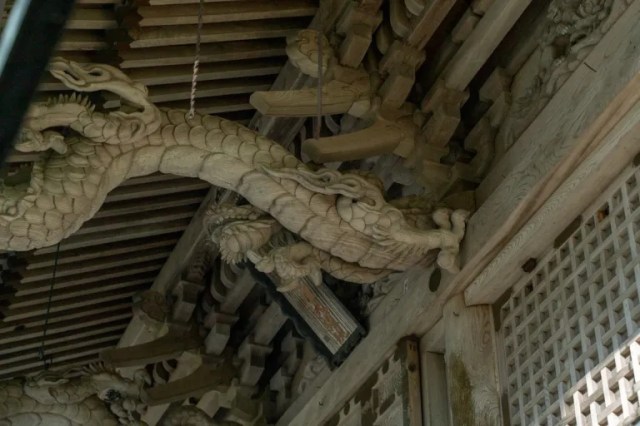Dramatic shoreline has a dramatic motive for sharing its title with a priest from the Heian interval.
You’ll discover most of Japan’s main cities on or close to the southern price of the nation’s predominant island of Honshu. That’s as a result of the shoreline alongside the northern coast, which borders the ocean of Japan, is decidedly rockier, with fewer mild bays and extra steep cliffs…and the cliffs don’t get a lot steeper than at Tojinbo in Fukui Prefecture.

Tojinbo has a modest harbor that’s a five-minute bus journey from Mikuniminato Station, with some vacationer amenities like eating places, memento retailers, and boat excursions. As for what these boats take vacationers to see, as soon as they depart port it’s not far to the ruggedly stunning cliffs, the place gigantic columnar geological joint formations created by magma combining with sedimentary rock give the surroundings an particularly dramatic look.

Along with the cruises, there are additionally strolling paths that wind across the cliffs, which stretch for a few kilometer (0.6 miles) in size. They attain heights of as much as 30 meters (98.4 ft) from the place it’s a straight drop down into the water, nonetheless, so that you’ll undoubtedly wish to watch your step.

Other than the hanging surroundings, there’s an odd linguistic quirk to Tojinbo, which is written in Japanese as 東尋坊. That final kanji character, bo/坊, means “monk” or “priest,” and Tojinbo the place really will get its title from Tojinbo a Shinto priest who lived in Echizen Province (as northern Fukui Prefecture was referred to as) again within the Heian interval (794-1185).

Tojinbo, legends say, was not a very talked-about man. There are numerous tales as to how he rubbed folks the incorrect manner, however based on our information from Japan Railways Group who was displaying us across the space, Tojinbo was vulnerable to acts of violence, which is a fairly straightforward approach to earn the ire of your coworkers. Ultimately, the opposite monks of Heisenji Hakusan Shrine determined they’d had sufficient of Tojinbo’s rage-fueled escapades, and determined to do one thing about it.
Even earlier than the world took on Tojinbo’s title, the seaside cliffs had been a preferred sightseeing attraction, and so Tojinbo’s fellow monks proposed going there for a celebration, in order that they may knock again some drinks whereas admiring the view. This apparently appeared like a swell thought to Tojinbo, who proceeded to get liquored up and was probably having a good time…proper up till the opposite monks revealed their true motive for organizing the celebration by grabbing Tojinbo and throwing him off the cliffs into the ocean, the place he died. Some say his spirit nonetheless haunts the shoreline, with folktales holding that when the seas change into tough, it’s Tojinbo’s timeless rage that’s inflicting it.
Heisenji Hakusan Shrine, by the best way, is a wonderful place in its personal proper, and of historic significance too, having been based some 1,300 years in the past, so we determined to go test it out.



The deep mossy fields surrounding the principle shrine corridor have an enchantingly soothing shade, and the wood torii gate’s distinctive intricate design left a deep impression on us as effectively.


Although Tojinbo’s house is now not standing, there’s a marker displaying the place his private residing quarters was…
▼ 東尋坊 = Tojinbo

…and the principle corridor options some very cool woodworking.



Nonetheless, we couldn’t assist noticing one thing very surprising after we’d confirmed the place Tojinbo had lived. Since he was lured to a ingesting celebration on the cliffs, we’d simply form of assumed that Heisenji Hakusan Shrine can be very near the shore, however that wasn’t the case in any respect. It seems that the gap from the shrine to the cliffs is 48 kilometers (29.8 miles)! And remember that whereas we made the journey by automobile, the monks would have needed to stroll all the best way to the positioning of their ingesting/homicide celebration, which, based on Google Maps, would take 11 hours.

And that’s with trendy, paved roads to stroll alongside. Contemplating they made the journey 1,000 years or so in the past, it’s a secure guess that the on-foot journey was much more time-consuming for the monks, most likely requiring an in a single day keep alongside the best way, which actually speaks to simply how badly they needed Tojinbo gone.
Associated: Fuku Prefecture official tourism web site, Heisenji Hakusan Shrine official web site
Pictures ©SoraNews24
● Need to hear about SoraNews24’s newest articles as quickly as they’re printed? Observe us on Fb and Twitter!
[ Read in Japanese ]





